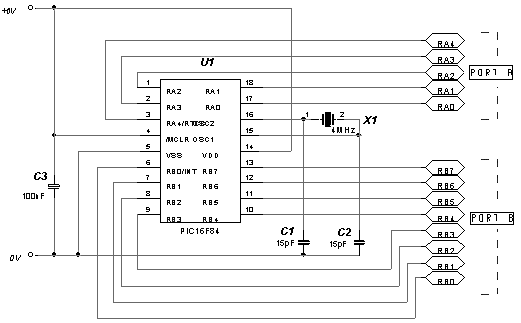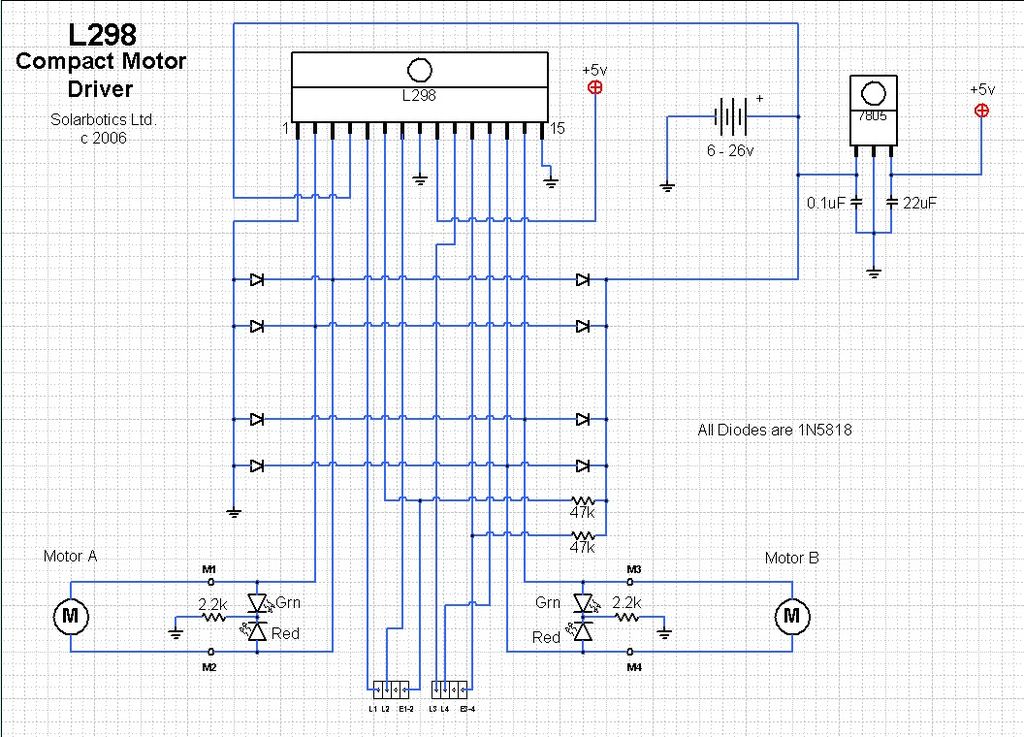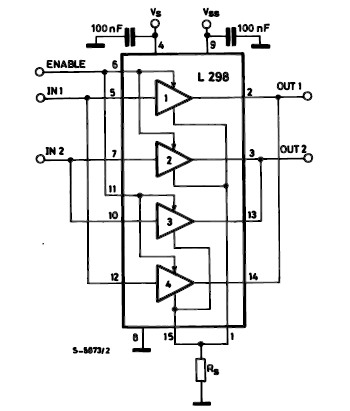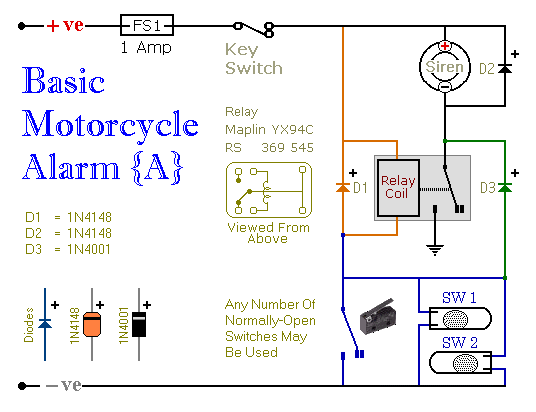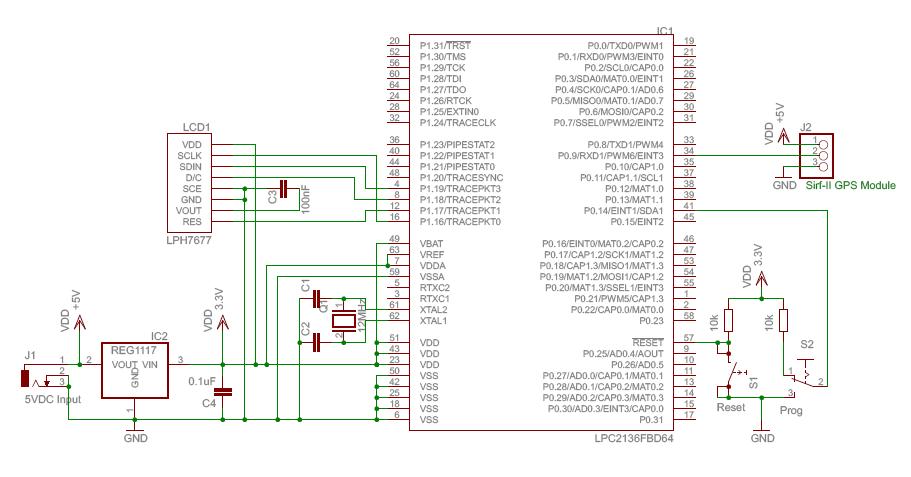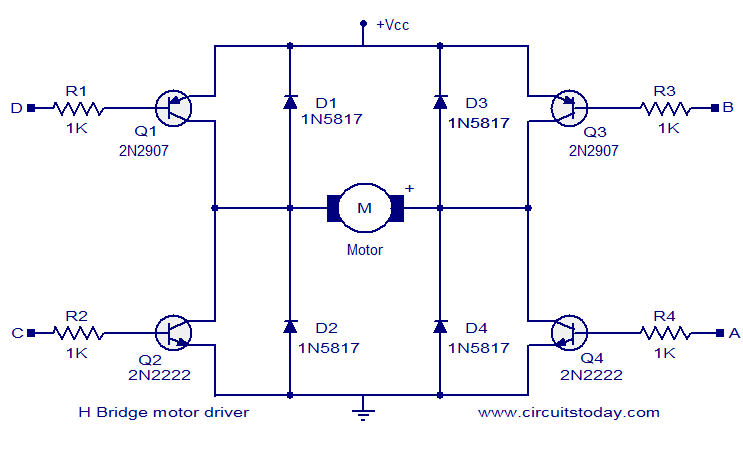
Stepper motor controller Based On The PIC16F84A IC
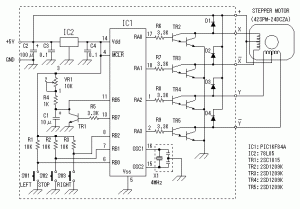
The following circuit illustrates a stepper motor controller based on the PIC16F84A integrated circuit. It features a transistor used for driving the motor.
The stepper motor controller circuit utilizes the PIC16F84A microcontroller, which is a popular choice for controlling stepper motors due to its versatility and ease of programming. The microcontroller is responsible for generating the control signals required to drive the stepper motor in a precise manner.
In this configuration, the circuit typically includes a series of transistors that act as switches, allowing the microcontroller to control the power supplied to the motor coils. The transistors are connected to the output pins of the PIC16F84A, which sends PWM (Pulse Width Modulation) signals or logic high signals to turn the transistors on and off. This switching action enables the motor to step in discrete increments, allowing for accurate positioning and control.
The circuit may also include additional components such as resistors, capacitors, and diodes to protect the transistors from back EMF generated by the motor coils and to filter the signals. A power supply is essential to provide the necessary voltage and current for the stepper motor operation.
To ensure proper functionality, the microcontroller is programmed with a specific algorithm that dictates the sequence in which the transistors are activated. This sequence is crucial for determining the direction of the motor's rotation and the speed at which it operates. By adjusting the timing of the signals sent to the transistors, the motor can be controlled effectively for various applications, including robotics, CNC machines, and automation systems.
In summary, this stepper motor controller circuit demonstrates a practical application of the PIC16F84A microcontroller, showcasing its ability to manage motor control through a well-structured design and programming approach.The following circuit shows about Stepper motor controller. This circuit based on the PIC16F84A IC. Features: transistor is used to drive the . 🔗 External reference
The stepper motor controller circuit utilizes the PIC16F84A microcontroller, which is a popular choice for controlling stepper motors due to its versatility and ease of programming. The microcontroller is responsible for generating the control signals required to drive the stepper motor in a precise manner.
In this configuration, the circuit typically includes a series of transistors that act as switches, allowing the microcontroller to control the power supplied to the motor coils. The transistors are connected to the output pins of the PIC16F84A, which sends PWM (Pulse Width Modulation) signals or logic high signals to turn the transistors on and off. This switching action enables the motor to step in discrete increments, allowing for accurate positioning and control.
The circuit may also include additional components such as resistors, capacitors, and diodes to protect the transistors from back EMF generated by the motor coils and to filter the signals. A power supply is essential to provide the necessary voltage and current for the stepper motor operation.
To ensure proper functionality, the microcontroller is programmed with a specific algorithm that dictates the sequence in which the transistors are activated. This sequence is crucial for determining the direction of the motor's rotation and the speed at which it operates. By adjusting the timing of the signals sent to the transistors, the motor can be controlled effectively for various applications, including robotics, CNC machines, and automation systems.
In summary, this stepper motor controller circuit demonstrates a practical application of the PIC16F84A microcontroller, showcasing its ability to manage motor control through a well-structured design and programming approach.The following circuit shows about Stepper motor controller. This circuit based on the PIC16F84A IC. Features: transistor is used to drive the . 🔗 External reference
